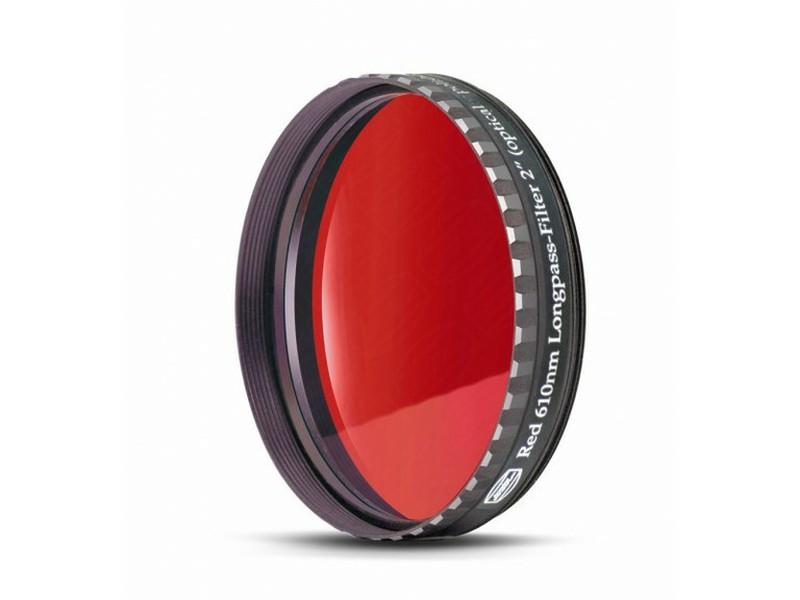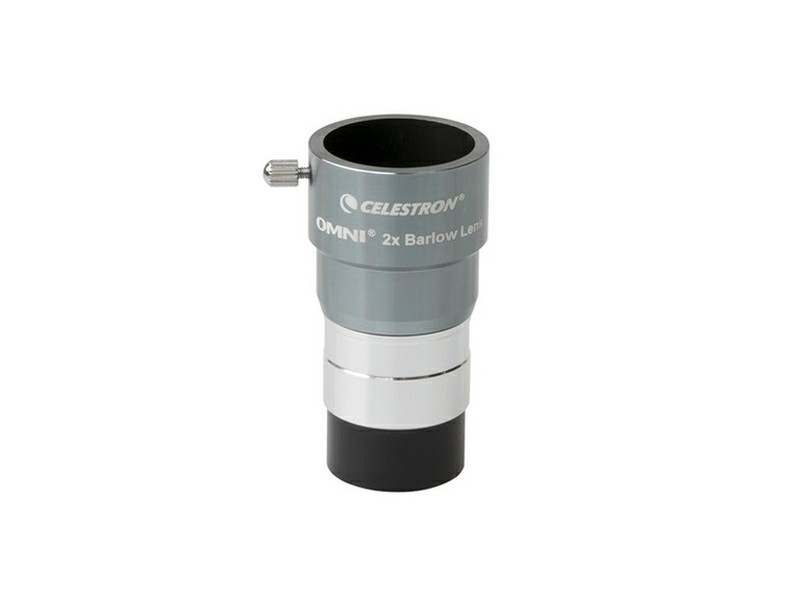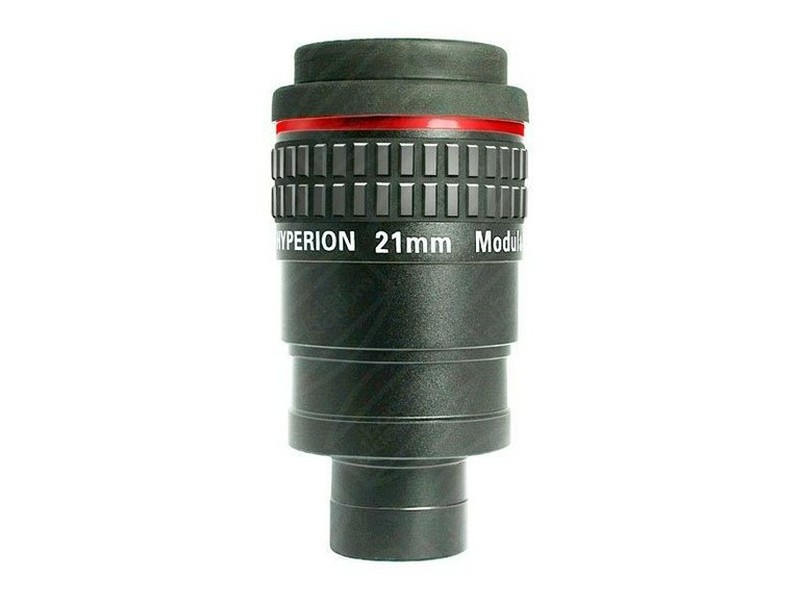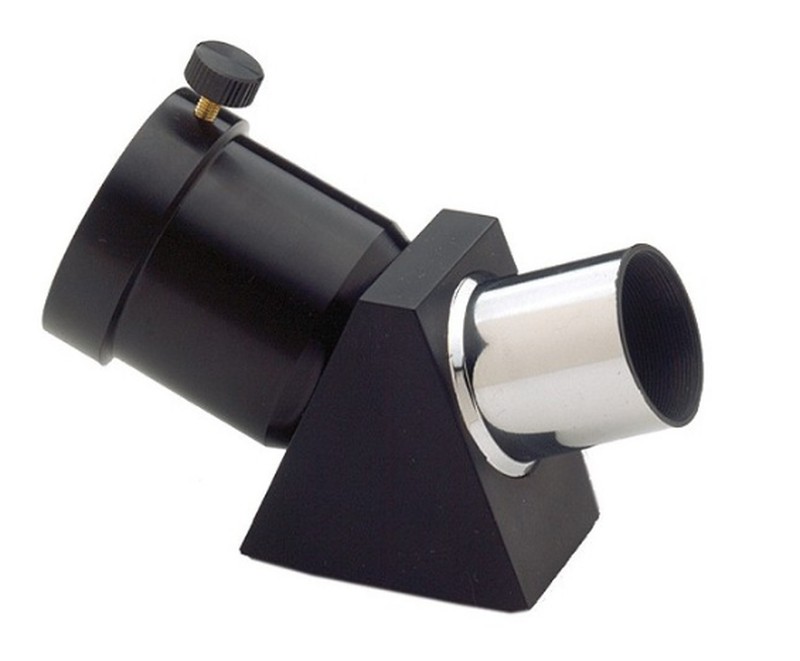How to get the most out of our telescope?
Many accessories and tips to expand the possibilities of our astronomical telescope

It is common for some of our customers to complain that they cannot get the desired performance out of their telescope , either because they cannot see what they want to see or because they need to go deeper into how it works. And yes, reaching this level is frustrating for the user.
What can we do to make our telescope more versatile ?
First we have to discriminate what type of telescope we have, whether it is a refractor, reflector or retro-reflector telescope. Each of them has specific characteristics and specific functionality. We must also know if it is a manually operated or GO -TO operating telescope. Finally, find out if you have an altazimuth or equatorial mount attached .
The limits of a telescope are determined by its optics, this will determine the type of observation , the brightness and the power of the telescope. It also has to be specified, that not for more power or increase, we will have a better observation, if we force the telescope, the results will be equally bad and disappointing
Astronomical telescopes usually come "from the factory" with 1 to 3 eyepieces , with 1 or 2 eyepieces being the most common. These two eyepieces are 10mm and / or 20mm , by relating the focal length of the eyepiece to the focal length of the telescope, the magnification provided by each eyepiece is obtained. Establishing this standard, it is usual that with the same eyepieces we have the greatest power with schmidt-cassegrain models, then with refractors and finally with reflectors.
Knowing all these aspects we can already intuit how we can increase the power of our telescope. We must bear in mind that the higher the magnification, the smaller the field of vision and the lower the luminosity , therefore we will shift our observation towards planetary objectives. Thus it is recommended to complete the basic equipment with an eyepiece between 4 and 8mm in diameter.
We must also bear in mind that there is a wide range of eyepieces, from the most basic to wide-field eyepieces and with improved optical treatment , which allows us to reduce the loss of quality related to the increase in power. Above all, for advanced telescopes with the Schmidt Cassegrain system, it is recommended to complete the equipment with wide field eyepieces and improved optical treatment, thus optimizing results in observation and / or astrophotography . Eyepieces such as the Baader Planetarium allow direct adaptation for photography, without losing quality of observation.
Finally, another tactic to increase the power of our telescope is to incorporate a barlow lens , which doubles or triples the magnification provided by the eyepiece. The use of a barloe lens subtracts field of view and luminosity.
One of the interesting accessories to improve observation is filters. There are many filters, although the most common are solar, lunar and planetary.
Sunscreens allow the observation of the sun, especially spots and eruptions, without damaging our sight. Let us remember that the observation of the sun without filter is literally prohibited since it is very harmful to our sight. There are sunscreens for the eyepiece and other filters or baader sheets that are placed directly on the lens, these are adjusted depending on the diameter of the lens.
Moon filters are designed to increase the contrast in observing the moon and reduce or dim its excessive brightness. For this reason the lunar filters are polarizing or faint greenish.
The most common planetary filters are red / orange, blue, purple / green, or yellow. These filters are intended to observe in more detail areas or regions of the planets, such as spots, rings, protuberances, etc ... It is very common to use filters to observe Saturn, Jupiter and Mars .
The user can go beyond astronomical observation. With certain accessories the telescope becomes useful for ground observation , this is the case of refracting telescopes and Catadioptric telescopes. We only need a 45º inverting prism to rotate the image and be able to see the earth's surface naturally. Of course, we do not recommend using the most powerful eyepieces for this type of observation.
Another field of a huge journey is astrophotography , combining our camera or a CMOS / CCD device and our telescope allows us to obtain really attractive results. For this use, advanced equipment is recommended, as it can be a GO-TO telescope with an equatorial mount. The photography system will be at primary focus with the adapter or ring T-2 of the camera and the adapter T between the ring T2 and the telescope. There are certain eyepieces, such as the B aader Planetarium , that allow the T2 ring to be inserted directly into the eyepiece, therefore even more magnification and closeness are gained in the photo. To improve the photographic performance of our telescope we can attach other accessories such as focal length reducers .
As or more important than the material that allows us to observe, is to know that we are or are going to observe , without this knowledge we will be totally lost.
There are numerous tools to help us position ourselves in the celestial panorama. The first of all is the planisphere , a star chart to position ourselves in the sky. Another interesting tool is any bibliography that can explain more things about the moon, planets and stars, knowing never takes place.
For computerized telescopes there are GPS devices that are coupled to the computerization system of the mount and are integrated into the celestial object guide that these telescopes incorporate, allowing a more accurate and faster positioning.
Finally, WI-FI and App's technology has brought about a revolution in the most modern astronomy. It is now possible to orient and direct our computerized telescope through the wi-fi system of the telescope and an application on our smpartphone or tablet . This system replaces the traditional control knob.









Opinions of our clients
Receive our news